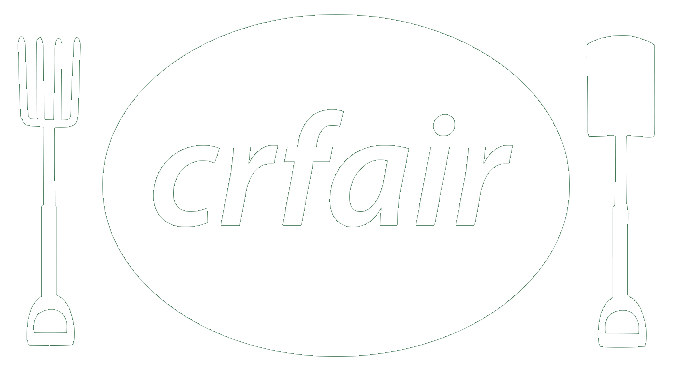Collective Impact is a commitment of a group of important actors from different sectors to a common agenda for solving a specific social problem.
- John Kania/Mark Kramer - Stanford Social Innovation Review
There is no shortage of examples of collaboration in the social sector. Networks, partnerships and other forms of working together have always existed. Collective Impact distinguishes itself by the degree to which joint efforts are connected, aligned and organized. The approach involves a centralized infrastructure, dedicated staff resources and a structured approach to working together that leads to a common agenda, shared measurement, continuous communication and mutually reinforcing activities among all participants
Context
Over the past 15 years, many local actors have come together to address food system concerns. This has included looking at the sustainability and viability of food production, the ability of all people to have access to healthy food, as well as the role that food plays in our culture and our overall community well-being. We recognize that the global food system has many downsides, here and around the world, and know we can do better. CRFAIR was formed in 1997 as a roundtable of organizations to work together to promote a more vibrant, sustainable and localized food system that is accessible to all members of the community. In 2008, a Regional Food Charter and a Food and Health Action plan were developed. Since that time, many of our local governments have embedded food and agriculture considerations into their policy and planning and we are close to completing a Regional Food and Agriculture Strategy. In 2011, in an effort to act more strategically, we created a Regional Food Security Roadmap. We also adopted a framework called Collective Impact to establish long term goals and devise strategies to align regional efforts behind. We also created a system to measure our progress and CRFAIR was named by the community to support this process. This work has continued through many forums, working groups and discussions across the region involving hundreds of people.
Current Status
Over the past few years, three “Impact Areas” have emerged as the focal points for coordinating action: The Local Food Economy, Food Access and Health, and Food Literacy. These areas are not standalone but integrally interrelated. The strategies and outcomes described below are works-in-progress that we will continue to refine together. You will notice some strategies support more than one area and these are key ones we are mobilizing around. To learn more about our Collective Impact work, check out the Good Food Strategy and the Good Food Network.





